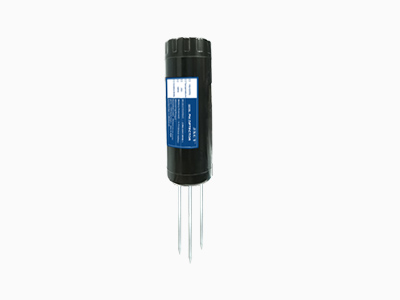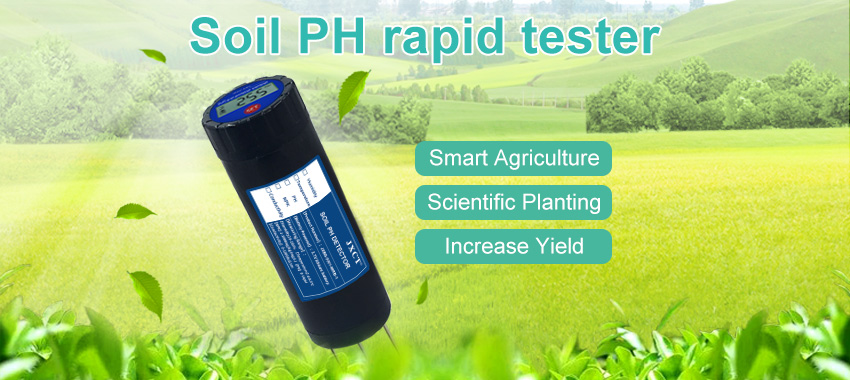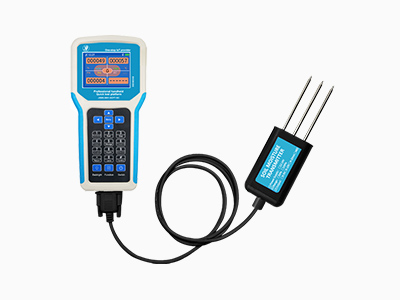Soil sensors have revolutionized modern agriculture by providing real-time data on soil moisture, temperature, and nutrient levels. By using soil sensors effectively, farmers can optimize irrigation, enhance crop growth, and increase yields. This article will explore various methods of using soil sensors, including placement techniques, data interpretation, and integration with other agricultural practices.

I. Placement Techniques for Soil Sensors:
A. Depth Placement: Soil sensors should be placed at different depths to capture a comprehensive picture of soil conditions. This allows farmers to monitor variations in moisture, temperature, and nutrient levels at different soil depths. Sensors can be placed at shallow depths for surface-level measurements or deeper depths for root zone monitoring.
B. Spatial Distribution:
To gain a representative understanding of the field, soil sensors should be distributed spatially. Multiple sensors can be installed across the field, considering factors such as soil type variations, topography, and crop patterns. This ensures that the data collected is representative of the entire area rather than just a single point.
C. Grid Placement:
Using a grid pattern, soil sensors can be uniformly distributed across the field. This method allows for systematic sampling and monitoring of soil conditions, providing a more detailed understanding of spatial variations within the field. Grid placement is particularly useful for large-scale farming operations.
II. Data Interpretation and Analysis:
A. Baseline Measurements: Before implementing soil sensors, it is important to establish baseline measurements of soil conditions. This involves conducting initial soil tests to determine the existing moisture levels, nutrient content, and temperature. Baseline measurements serve as a reference point for comparing subsequent sensor readings and making informed decisions.
B. Threshold Values and Alerts:
Farmers can set threshold values for soil parameters based on crop-specific requirements and optimal growth conditions. When sensor readings exceed or fall below these thresholds, alerts can be generated to notify farmers of potential issues. This enables timely intervention to prevent crop stress or damage.
C. Data Logging and Analysis:
Soil sensors often come with data logging capabilities, allowing for the collection and storage of sensor readings over time. Farmers can analyze this historical data to identify trends, patterns, and correlations between soil conditions and crop performance. This information can help optimize irrigation schedules, nutrient applications, and other farming practices.
III. Integration with Other Agricultural Practices:
A. Irrigation Management: Soil sensors play a critical role in efficient irrigation management. By continuously monitoring soil moisture levels, sensors can provide real-time data to inform irrigation decisions. Farmers can use this information to schedule irrigation based on actual plant water needs, reducing water waste and optimizing water usage.
B. Fertilizer Application:
Soil sensors aid in precision nutrient management by monitoring soil nutrient levels. Based on the sensor readings, farmers can determine the optimal timing and quantity of fertilizer application, ensuring that crops receive adequate nutrients without excessive usage. This promotes efficient nutrient uptake and minimizes environmental impacts.
C. Crop Growth Monitoring:
Integrating soil sensor data with crop growth models or remote sensing techniques allows farmers to monitor crop performance and make informed decisions. By combining soil moisture, temperature, and nutrient data with satellite imagery or drone-based monitoring, farmers can assess crop health, detect stress conditions, and identify areas requiring special attention.
IV. Calibration and Maintenance:
A. Regular Calibration: Soil sensors should be calibrated periodically to ensure accurate readings. Calibration involves comparing sensor measurements with laboratory reference values or conducting in-field calibrations using known soil samples. Regular calibration ensures reliable data and prevents inaccuracies that can lead to incorrect decisions.
B. Sensor Maintenance:
Proper maintenance is essential for soil sensor longevity and accurate performance. This includes cleaning the sensors, checking cables and connections, and replacing worn-out components as needed. Regular maintenance ensures optimal functioning and extends the lifespan of the sensors.

Conclusion:
Effective utilization of soil sensors is crucial for maximizing agricultural productivity and sustainability. By employing appropriate placement techniques, interpreting data accurately, and integrating sensor information with other farming practices, farmers can make informed decisions to optimize irrigation, nutrient management, and crop growth. Regular calibration and maintenance of soil sensors ensure reliable and accurate readings, enabling farmers to achieve better yields, conserve resources, and reduce environmental impacts. Embracing the methods outlined in this article empowers farmers to harness the full potential of soil sensors in modern agriculture.
